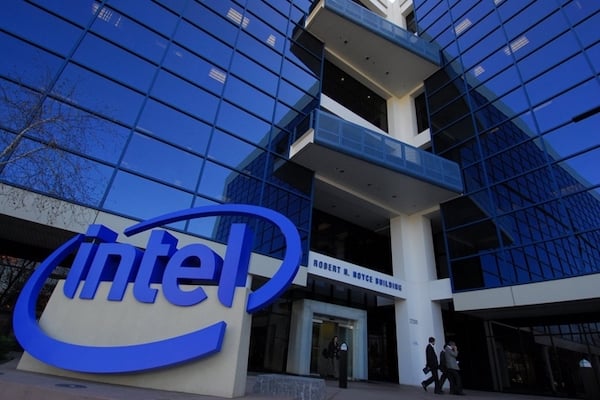On July 23, 2019, the Department of Justice's Antitrust Division announced that it was reviewing whether (and, if so, how) market-leading online platforms have achieved and continue to achieve a huge amount of market power, and whether their practices are reducing competition, slowing down innovations from other industry actors, or harming consumers.
It will be considered whether widespread concerns expressed by consumers, entrepreneurs, and businesses regarding social media, search, and retail services have any weight. To aid their investigations, the DoJ is working with the public and key industry participants (e.g. employees who have company insight).
“Without the discipline of meaningful market-based competition, digital platforms may act in ways that are not responsive to consumer demands,” said Assistant Attorney General Makan Delrahim of the Antitrust Division.
It is hoped that the DoJ's assessment of the competitive conditions of certain online platforms will provide a 'legal' answer to the question of whether 'BigTech' is too big—many believe that it is.
Is 'Big Tech' Too Big?
This is a question that we are hearing asked more and more with each passing day. The issue is such a hot topic, in fact, that some potential 2020 presidential candidates have expressed their desire to break up some of tech's biggest names because they are simply too powerful.

Intel headquarters in Santa Clara, California. Image obtained from Intel Newsroom.
Although 'Big Tech' is unlikely to be fragmented in the short term, it is believed by many that it is an inevitable result as the likes of Google, Facebook, Amazon, and others grow ever larger.
Just take Facebook's numbers as an example.
In 2018, Facebook, a name known worldwide that is synonymous with the internet and social media, made $56 billion in revenue from 2.4 billion users. Facebook's high-profile purchases of Instagram, WhatsApp, and the attempted purchase of Snapchat show that the company is willing to absorb their competitors. And what did Facebook do when it couldn't buy Snapchat? It mimicked their services by introducing 'stories'.
The question of whether 'big tech' is too big is one that is difficult to answer and unless action is taken, as was the case in the late 2000s against microchip manufacturers, speculation will continue as platforms continue to grow and the world keeps asking.
Where Do Electronics Component Manufacturers Come In?
It’s not just your typical tech firms doing this, either. Electronics companies and distributors have also had a go at offering other services to remain competitive.
In 1999, recognizing a need for its customers to hit the market with their products at a faster speed, Avnet consolidated all its complementary businesses into a single component sales group. This enabled Avnet to organize its undertakings around products rather than suppliers. From then on, Avnet customers were able to access all goods and services through one place.
Intel's Spotty Antitrust History
Many readers will be familiar with a similar tech antitrust story involving Intel and other microchip manufacturers.
In 2009, European authorities fined Intel a record $1.45 billion for abusing its dominance in the computer chip market. At the time, this move was lauded as a sign that regulators were serious about keeping the technology market fair and open to competition.
By skewing competition through its power and denying consumers free access to a range of different computer chips—for example by offering benefits to customers in exchange for their agreement to limit or delay the purchase of AMD processors—Intel found itself at the heart of an antitrust storm that caught the attention of tech firms worldwide.
Intel also settled a five-year-old antitrust lawsuit with AMD to the tune of $1.25 billion in the same year. Afterwards, Intel agreed to conform to a set of "business practice provisions" and there has not been an issue since.
A Different Antitrust Problem for a Different Time
It is important to understand that the antitrust problems with Intel and 'big tech' are different—Intel deliberately skewered competition by persuading electronics manufacturers to choose their chips over AMD's, and the company's intent here was easy to prove.
When it comes to big tech, the thought is that these platforms have grown too big and the question is whether—through mergers and acquisitions—certain companies have intentionally stifled competition by simply buying it out.
It is a difficult question to answer and it shall be interesting to see what the DoJ's findings are. Still, it is rather apt that this is happening almost 10 years to the day since Intel's fine.




